
WP 6.2 Microbiome-Enhanced Silicate Weathering
project description
For the world on the verge of missing the Paris Agreement‘s global warming target, Negative Emission Technologies (NET) are critical. Enhanced silicate weathering (ESW) is an emerging NET that has been estimated to be able to sequester between 0.5 and 2 Gt C per year and may enhance plant growth, which can help reach global warming targets. So far, the focus of ESW has been on the choice of silicates and environmental conditions and on plant growth, ignoring the effect of soil biota (bacteria, fungi, mycorrhiza, soil fauna) and its interactions with plants in enhancing weathering. There is also a lack of mechanistic understanding of how microorganisms may be enhancing weathering at the relevant spatial scale of interaction, directly at mineral surfaces. In addition, increased formation of clay minerals and Fe-oxides from silicate weathering has the potential to further stabilize organic carbon through the formation of organo-mineral interactions. However, microbiome and geochemical controls on the formation of secondary phases from ESW and their interactions with organic carbon are poorly constrained.
The overall goal of this WP is to develop a mechanistic framework for microbiome-enhanced silicate weathering (mESW) and to design microbial communities to harness the full potential of enhanced weathering. Such a framework is essential for reducing the large uncertainties associated with predicting the global carbon sequestration potential of ESW. We will ask the following research questions: (i) What role do microbiomes and their interaction with plants play in enhancing silicate weathering? (ii) What are the mechanisms by which microbes enhance weathering and secondary mineral precipitation at the relevant spatial scale (i.e., at the mineral surfaces)? (iii) How is additional organic carbon sequestration by secondary minerals affected by the microbiome and geochemistry? Answering these questions will allow us to design microbiomes and plant-microbiome-silicate combinations that optimize the carbon sequestration potential of mESW and test them in field trials.
We will test various combinations of silicates with different chemical properties, synthetic microbial communities, plants, geochemical modifications, and soil types in mesocosm approaches. We will use a range of different techniques including targeted metabolomics to better constrain dissolution and sorption mechanisms, as well as spatially explicit methods, such as NanoSIMS, synchrotron-based techniques, and atomic force microscopy.
The results of this project will transform our understanding of how ESW works and how weathering and precipitation of novel secondary phases during plant-microbiome-silicate interactions can be optimized to enhance soil carbon sequestration in agricultural settings, while increasing crop yields and global food security.
work package leader
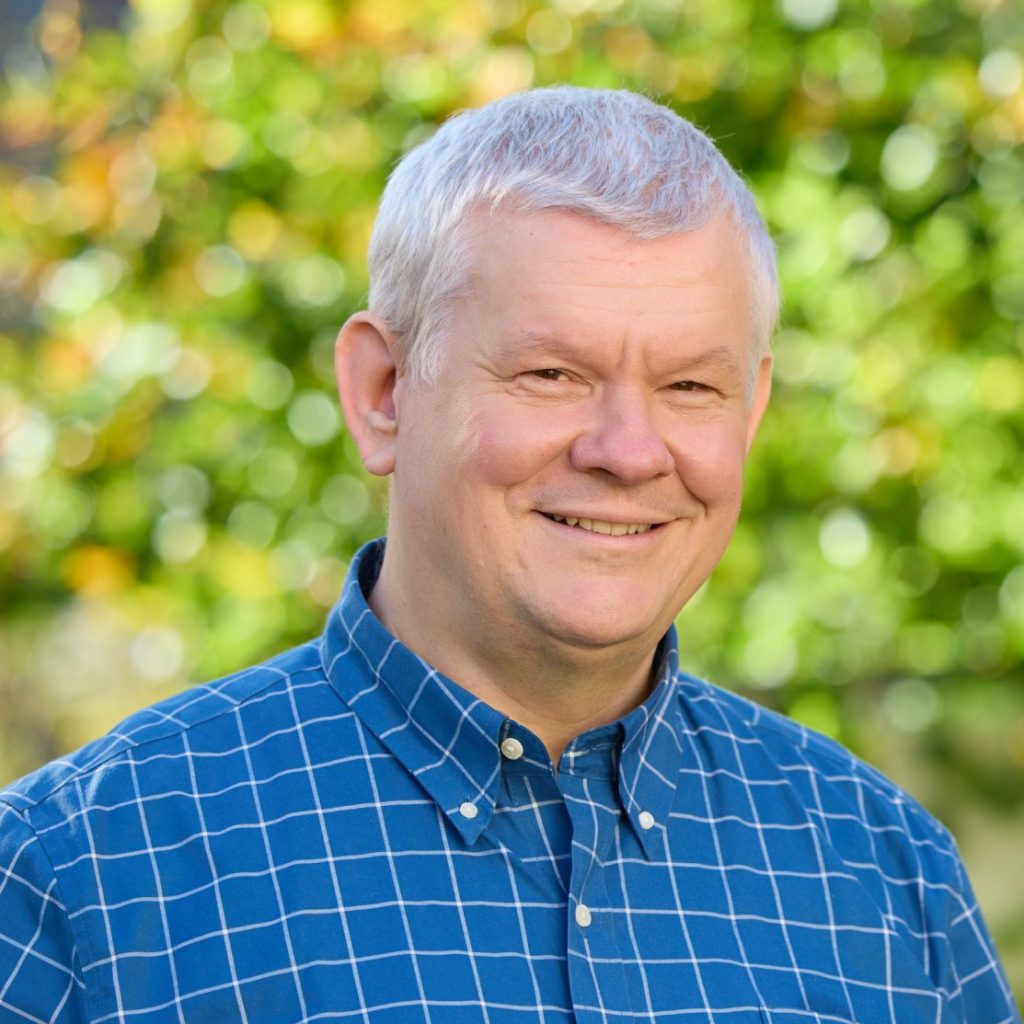
stephan krämer
University of Vienna
Professor at and Head of the Department of Environmental Geosciences (CeMESS)
CoE Key Researcher
work package members
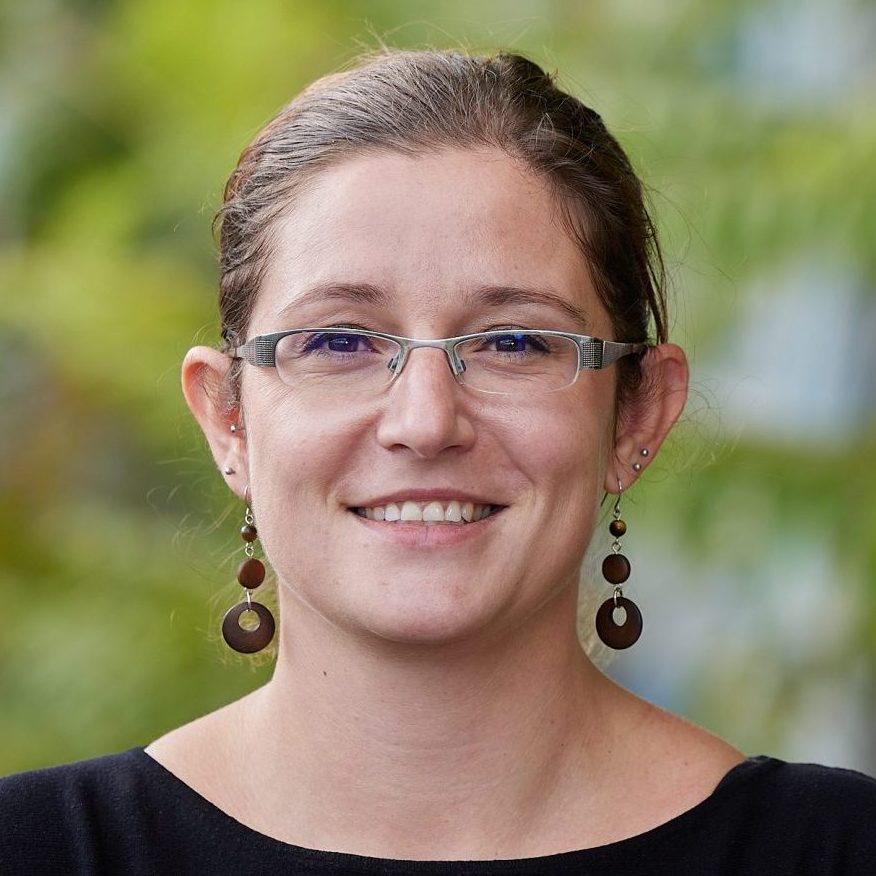
petra pjevac
CoE Key Researcher
university of vienna
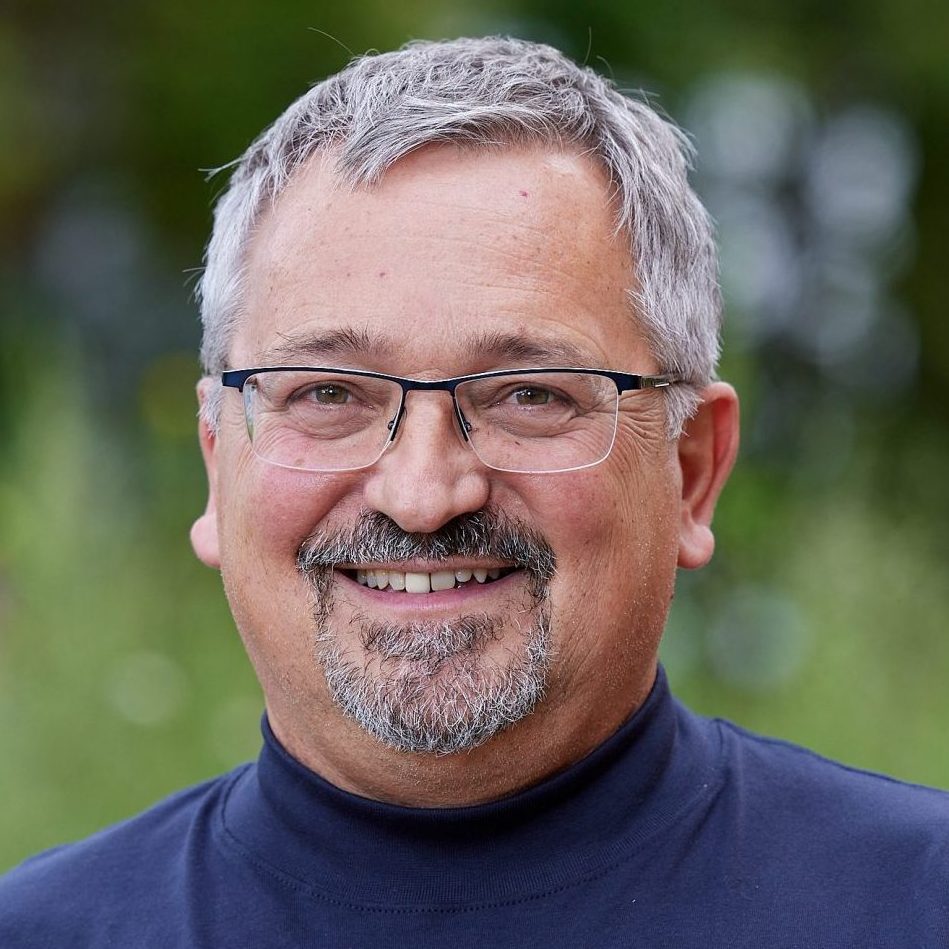
andreas richter
CoE Key Researcher
university of vienna

Foto: Clemens Fabry
kristina vukovic
PhD Student
university of vienna
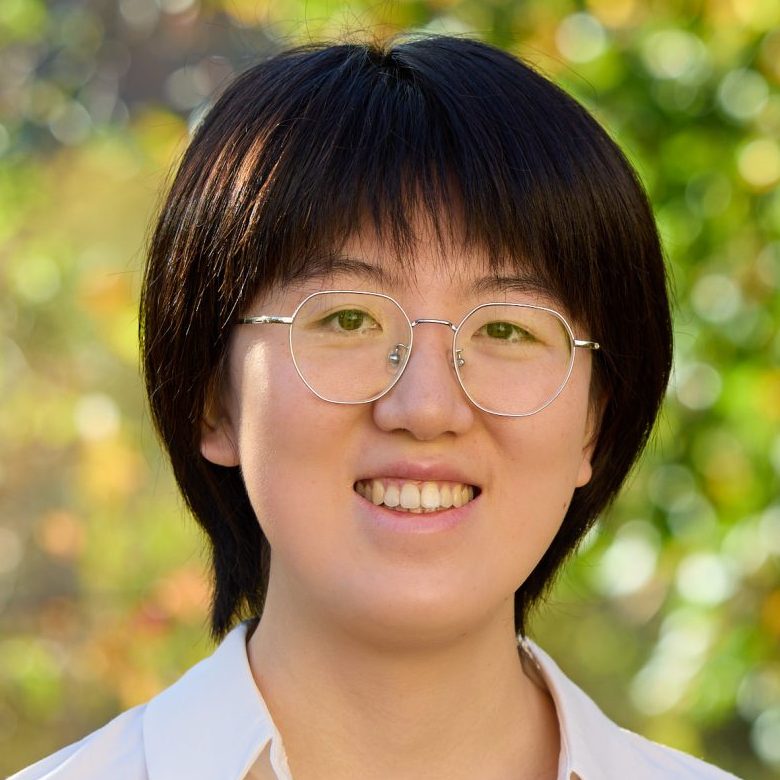
Foto: Clemens Fabry
jiahui wu
Postdoctoral Researcher
university of vienna
involved institutions
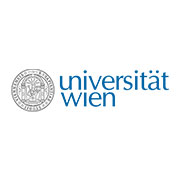
CoE publications in wp 6.2
Publications will follow soon

